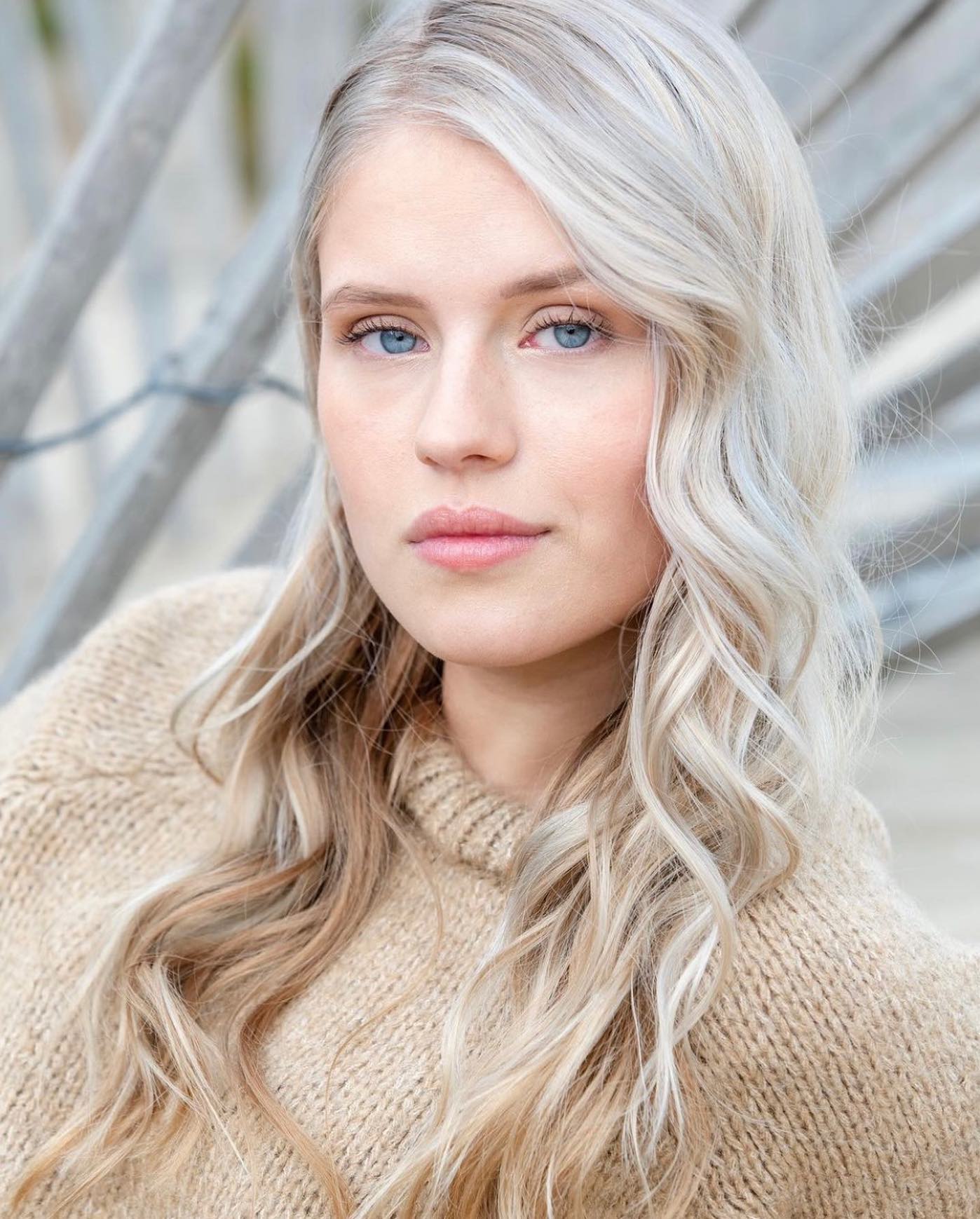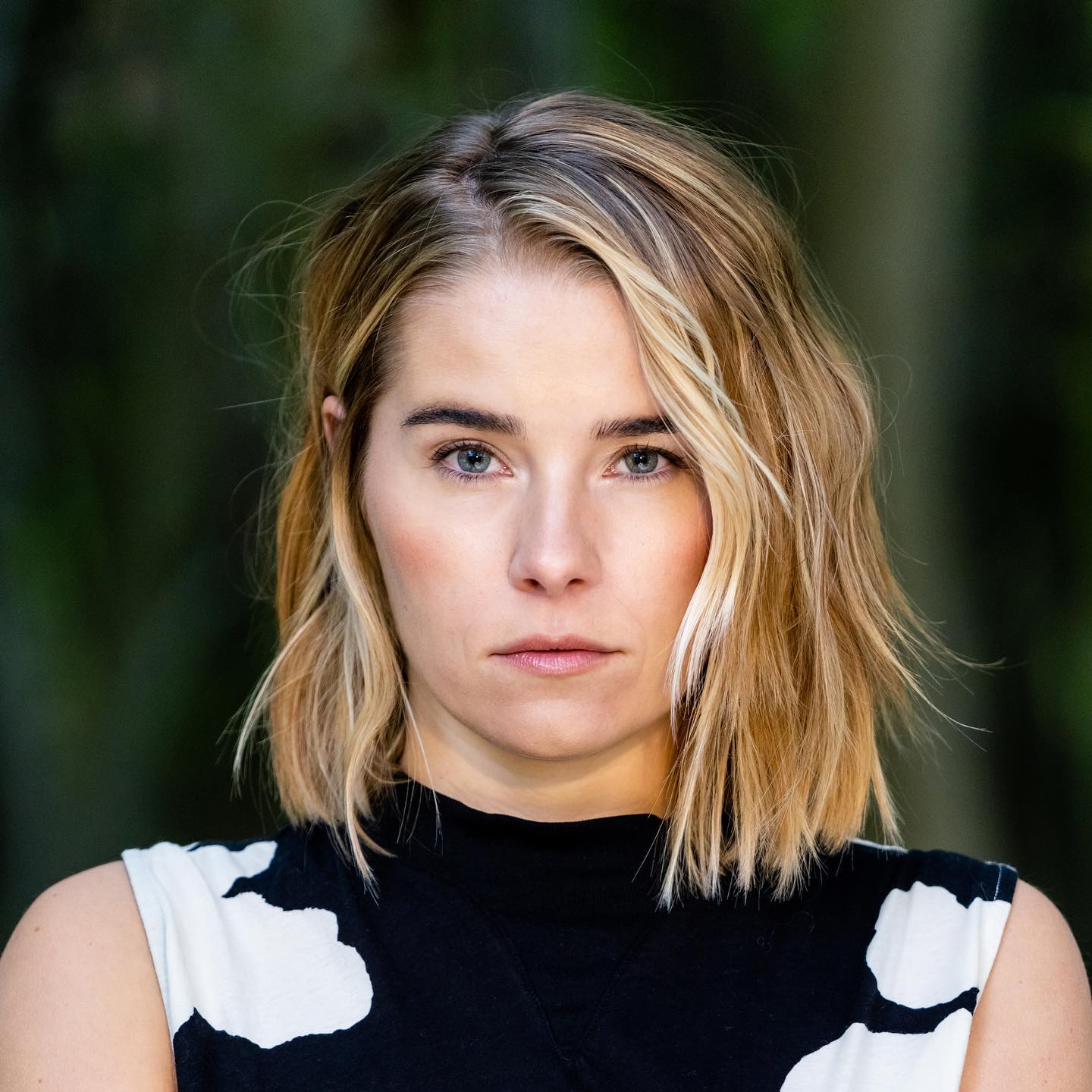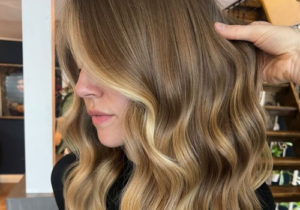Introduction to hair needs after bleaching
Understanding the effect of bleaching on hair
Bleaching is an intense chemical procedure that removes your hair's natural pigments to make it lighter. Although this procedure is commonly used to achieve blonde hair or fancy shades, it can have harmful effects on the health of your hair. The bleaching process opens the hair cuticle to allow bleaching agents to penetrate deep into the hair fiber. This can lead to moisture loss, brittle hair and split ends.
Why is it important to nourish your hair after bleaching?
After bleaching, your hair is particularly vulnerable and needs special attention to restore its vitality. Hair nutrition is essential to repair chemical damage and strengthen hair structure. Nourishing your hair after bleaching also helps to maintain moisture, prevent breakage and improve elasticity. This not only restores your hair's health, but also prolongs the duration of color and shine.
The best natural ingredients for nourishing bleached hair
Natural oils to nourish bleached hair
Coconut oil
Coconut oil is one of the most popular natural ingredients for nourishing bleached hair. Thanks to its penetrating power, it deeply moisturizes and strengthens the hair fiber. Rich in fatty acids and vitamins E and K, it helps repair damage and prevent breakage. To use, apply coconut oil generously to your hair, leave on for an hour or overnight, then rinse thoroughly.
Argan oil
Argan oil, often referred to as "liquid gold", is an excellent option for nourishing hair after bleaching. Rich in essential fatty acids, antioxidants and vitamin E, it rehydrates hair, repairs split ends and restores shine and softness. Apply a few drops of argan oil to damp or dry hair, concentrating on ends and most damaged areas.
Homemade nourishing masks for bleached hair
Avocado and olive oil mask
Avocado and olive oil are two powerful ingredients for deeply nourishing bleached hair. Avocado is rich in vitamins A, D and E, as well as omega-3 fatty acids, which are essential for moisturizing and repairing dry, damaged hair. Olive oil, meanwhile, is an excellent emollient that helps seal in moisture. To create this mask, mix a ripe avocado with two tablespoons of olive oil. Apply generously to your hair, leave for 30 minutes, then rinse.
Honey and banana mask
Honey and banana form an effective duo for revitalizing bleached hair. Honey is a natural humectant that attracts and retains moisture in hair, while banana is rich in vitamins A, B6 and C, as well as potassium, which strengthen and soften hair. To prepare this mask, mash a ripe banana with two tablespoons of honey. Apply the mixture to your hair, wrap in a warm towel and leave on for 30 minutes before rinsing.

Commercial products to nourish bleached hair
Nourishing shampoos and conditioners
Selection criteria
Choosing the right nourishing shampoo and conditioner is a crucial step in caring for your bleached hair. Here are the main criteria to consider:
- Moisturizing ingredients : Look for products containing moisturizing ingredients like coconut oil, argan oil, shea butter and aloe vera.
- Repair agents : Proteins, such as keratin and silk, are excellent for repairing and strengthening damaged hair.
- Sulfate-free : Sulfates can be too aggressive for bleached hair. Choose sulfate-free formulas to avoid further drying.
- pH balanced : A pH-balanced product helps maintain your hair's natural moisture.
Recommended top brands
Several brands offer products specifically formulated for bleached hair. Here are some of the best options:
- Olaplex : Known for its restorative properties, Olaplex offers a complete range of shampoos and conditioners for hair damaged by bleaching.
- Redken: Redken's Extreme range is specially designed to strengthen and repair weakened and damaged hair.
- Kérastase : Kérastase's Resistance range is perfect for revitalizing weakened hair and making it stronger.
- Moroccanoil : Their moisturizing range is excellent for bringing softness and shine to bleached hair.
No-rinse skincare
Selection criteria
Leave-in care is essential for protecting and moisturizing your hair between washes. Here's what to look for:
- Light texture : Choose formulas that don't weigh hair down, especially if you have fine hair.
- Thermal protection : Choose products with heat protection, especially if you regularly use heated tools.
- Moisturizing properties : Ingredients such as argan oil, jojoba oil and provitamin B5 are excellent for maintaining hydration.
- Ease of use : Choose sprays or creams that are easy to apply and distribute evenly throughout the hair.
How do I use them properly?
Correct application of leave-in care products guarantees optimal results. Follow these simple steps:
- Apply to clean, towel-dried hair. You can also use it on dry hair for a moisture boost during the day.
- Use a moderate amount of product. Too much leave-in can weigh your hair down.
- Distribute the product evenly, concentrating on the ends and most damaged areas.
- Comb your hair with a wide-tooth comb to ensure even distribution of the product.
- Let your hair air-dry or use a hair dryer on low heat if necessary.
See also: How can I bleach my hair without damaging it?
Maintenance routines for bleached hair
Washing frequency
After bleaching, it's crucial to review how often you wash your hair. Frequent washing can further dry out hair already weakened by bleaching. Ideally, you should space out your washes to allow your scalp to produce its natural oils, which will help moisturize your lengths.
- Limit washing: Wash your hair 2 to 3 times a week to avoid over-drying.
- Use a mild shampoo: Opt for a sulfate-free shampoo specially formulated for damaged hair.
- Apply a nourishing conditioner: Always use a moisturizing conditioner after each wash to seal in moisture.
Regular oil baths
Oil baths are a key step in restoring moisture and softness to bleached hair. They deeply nourish and strengthen the hair fiber.
How do I create an oil bath?
- Choice of oil : Opt for rich oils such as coconut oil, argan oil or castor oil.
- Application: Apply the oil generously to your hair, concentrating on the ends and most damaged areas.
- Laying time : Leave on for at least an hour, or ideally overnight for maximum effect.
- Rinse : Wash your hair with a mild shampoo to remove excess oil.
Weekly treatments
To maintain healthy bleached hair, it's essential to incorporate weekly treatments into your hair routine.
Repairing masks
- Protein masks : Use a protein mask once a week to strengthen your hair's structure.
- Moisturizing masks : Alternate with moisturizing masks to maintain a good level of hydration.
- Laying time : Leave the masks on for at least 20-30 minutes before rinsing.
Hair serums and oils
Hair serums and oils are excellent complements for adding moisture and shine to your bleached hair.
- Serums : Apply a few drops of serum to lengths and ends after each wash.
- Light oils : Use light oils like jojoba oil or grapeseed oil as a finish to add shine without weighing the hair down.
The role of nutrition and hydration
The impact of your diet and hydration on the health of your hair should not be underestimated. A balanced diet rich in vitamins, minerals and essential fatty acids plays a crucial role in hair health.
Essential nutrients
- Vitamin A : Encourages sebum production, a natural moisturizer for your hair. Found in carrots, spinach and sweet potatoes.
- Vitamin E : Protects hair from damage caused by free radicals. Found in almonds, avocados and sunflower seeds.
- Omega-3 fatty acids : Moisturize the scalp and preserve hair shine. Available in fatty fish such as salmon and walnuts

Additional tips for maintaining the health of bleached hair
Protect hair against external aggression
Bleached hair is particularly vulnerable to external aggressors such as the sun, wind and pollution. It's essential to protect it to prevent it from becoming even drier and more damaged.
Wear a hat
A simple hat can make a big difference in protecting your hair from the sun's harmful UV rays. Choose a wide-brimmed hat for maximum protection.
Use products with UV protection
Look for hair sprays or serums that contain a UV filter. These products help protect your hair from the sun's harmful effects while adding a layer of moisture.
Avoid excessive use of heated tools
Heated tools such as straightening irons, curling irons and hair dryers can aggravate the damage caused by discoloration.
Limit their use
Try to reduce the use of heated tools to once or twice a week. When using them, always apply a thermal protector to minimize damage.
Opt for heat-free styling techniques
Explore heat-free styling alternatives, such as braids or rollers to achieve curls without using heat.
Good styling habits
Adopting good styling habits can help preserve the health of your bleached hair.
Gentle detangling
Use a wide-tooth comb to detangle your hair, starting at the ends and working your way up to the roots. This helps minimize breakage and tangles.
Avoid tight hairstyles
Tight hairstyles like pulled ponytails and tight braids can lead to further breakage. Opt for looser hairstyles to reduce tension on your hair.
FAQ section
1. How often should I use nourishing masks?
Nourishing masks are recommended once or twice a week to moisturize and repair bleached hair.
2. Can I use coconut oil every day?
No, using coconut oil every day can weigh your hair down. It's better to use it once or twice a week.
3. Are leave-on products really necessary?
Yes, leave-in products help maintain moisture and protect your hair between washes.
4. What are the common mistakes to avoid after bleaching?
Avoid frequent washing, sulfate-containing products and tight styling to prevent further damage.
5. Does diet influence hair health?
Yes, a diet rich in vitamins, minerals and essential fatty acids is crucial to the health of your hair.
Conclusion
Caring for your hair after bleaching is essential to maintaining its health and beauty. By incorporating natural ingredients, using the right commercial products, and adopting a proper maintenance routine, you can deeply repair and nourish your bleached hair. Protecting your hair from external aggressors and adopting good styling habits are also key steps in preventing future damage. With the right care, your hair will regain its shine and vitality.





